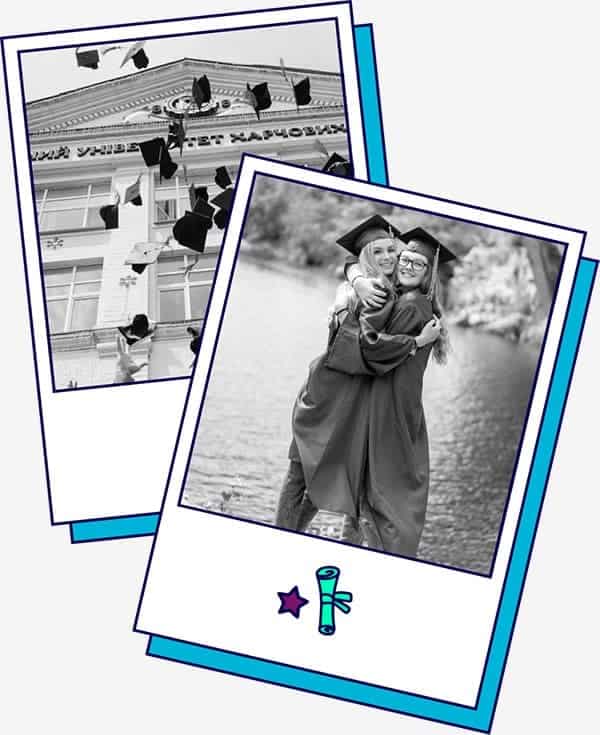




We Simplify Your Road to College
You’ll find everything you need to make the admissions process, and paying for college, less stressful and more transparent.
What We Offer
TOOLS & SERVICES
Explore R2C Insights™—your source for finding merit aid and managing the college search process.
GUIDANCE
Read our articles, take our classes, and get answers to your questions.
Community
Join our Facebook and R2C Insights Live Community where parents and experts work together.
Road2College Membership
Pick A Plan That Fits Your Style and College Planning Needs

ESSENTIAL
$24.99/mo
You want to work though the admissions process on your own, but value the information at your fingertips.
- Access to articles, our R2C Insights tool, select videos
PLUS Most Popular
$39.99/mo
You enjoy figuring things out independently, although sometimes you'd like more instruction.
- Access to articles, monthly newsletter, our R2C Insights tool, all videos
PREMIUM
$59.99/mo
You're a DIYer at heart, but want to learn from professionals and have a team to lean on.
- Access to articles, monthly newsletter, our R2C Insights tool, all videos, live classes, 1:1 reviews, and Q&A with admissions and funding professionals
What Our Members Have to Say

Feeling thankful for being a member. My son heard back from most of his EA schools and was accepted with their highest levels of merit scholarship. The process worked!

“With the great suggestions from this group and the R2C Insights tool, my son and I created a college list with more options for him to receive merit scholarships.”

“Being a member of the Paying For College 101 Facebook group made me realize that I wasn’t alone going through this crazy process. What a huge sense of emotional and practical support.”

“Your site has been priceless and I appreciate being a part of the membership!”

“Thank you so much for your webinars. I’ve learned so much from the site and R2C Insights tool. I wish I had found all this information sooner.”

“Love the ability to target merit schools with high caliber students. No other tool gives as much info on merit aid by school.”
Resources Tailored for Every Step of Your Journey
Pick Your Starting Point:

Plan
Make Financial & Academic Plans
Research
Explore Colleges & Begin Building a List
Apply
Fill Out College Applications & Financial Aid Forms
Compare
Evaluate Colleges Where Your Student Was Accepted
Decide
Determine the College That’s Right for Your Student
Pay
Understand Loan Options & How to Pay the Bill
Go
Off to College
Search Our Information Hub
I want to know more about
Read Our Featured Stories
Dear Roadie: My Son Told Me to Butt Out, Then Got Rejected by His Top Colleges. What Now?
April 20, 2024 | Road2College
Dear Roadie, My excellent, motivated student wouldn’t let me anywhere near the application process. He insisted he had it handled,…
Dear Roadie: Should I Drug-Test My Son to Ensure He’s Not Wasting His College Tuition?
April 12, 2024 | Road2College
Dear Roadie, My son will be attending a school that costs $80,000 per year. Am I crazy for wanting him…
How Much College Can You Really Afford? Take These 3 Simple Steps For The Answer
April 12, 2024 | Sabrina Malone
After sending four kids to college with a fifth on the way there soon, I’ve learned a thing or two…
Dear Roadie: Should I Move to a Different State for Free Tuition?
April 12, 2024 | Road2College
Dear Roadie, We are considering moving to New Mexico for my daughter’s final high school years as I’ve read in-state…
Parents Spill The Tea About Why They REALLY Want to Send Their Child to College
April 5, 2024 | Road2College
We asked parents in our Paying for College 101 Facebook Group, “What is the most important thing that you want…
Are ‘No Essay’ College Scholarships a Student’s Dream Come True?
April 20, 2024 | Monica Matthews
Editor’s Note: Monica Matthews is the author of “How to Win College Scholarships.” She helped her son win over $100,000…







